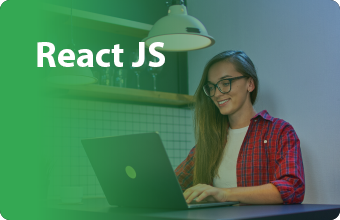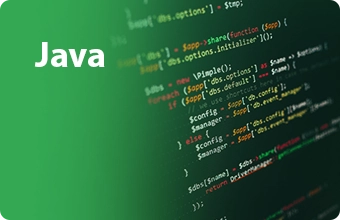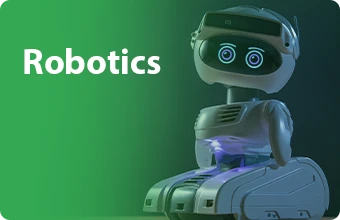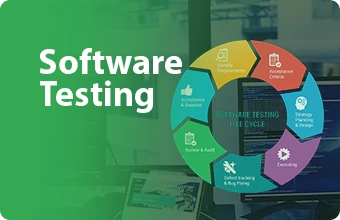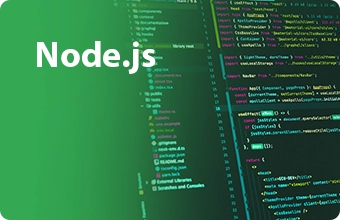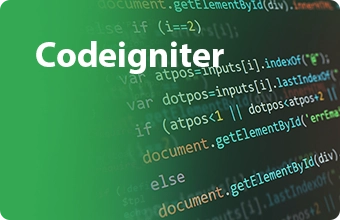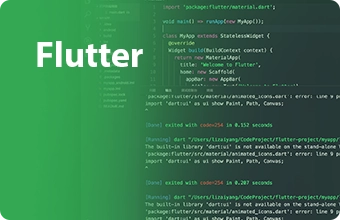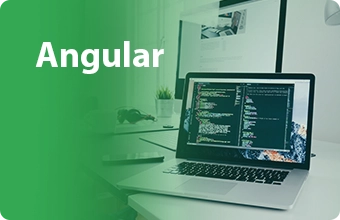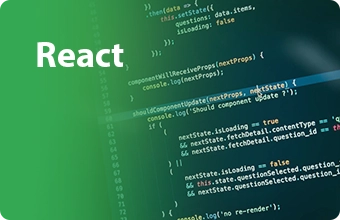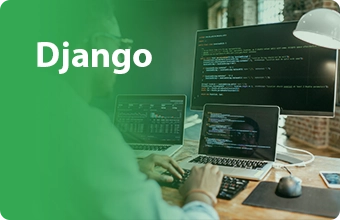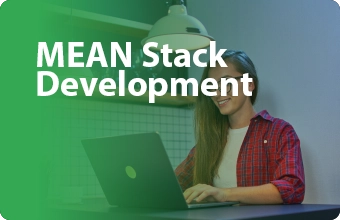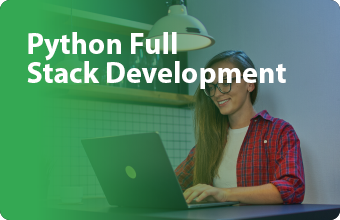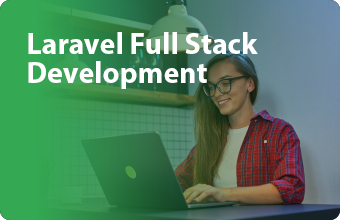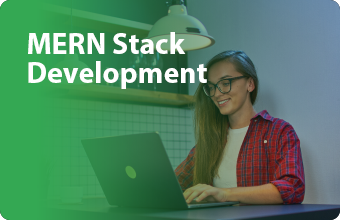Laravel Full Stack + React
Laravel Full Stack + React Development is a comprehensive approach that integrates the Laravel PHP framework for robust backend development with the React JavaScript library for creating dynamic and interactive user interfaces on the frontend, enabling end-to-end development of modern web applications.
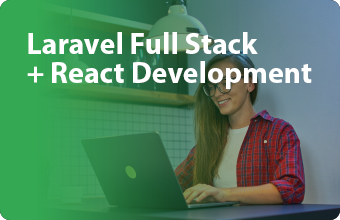
ne “Laravel Full Stack + React Development” refers to a comprehensive approach to web combines the Laravel full stack & react development course kerala PHP framework React JavaScript library for the frontend. Here’s a breakdown of each component:
- Laravel (Backend):
- Framework: Laravel is a powerful and elegant PHP web application framework known for its simplicity, expressive syntax, and developer-friendly features. It follows the Model-View-Controller (MVC) architectural pattern, making it easy to organize and manage code.
- Backend Development: Laravel is use to handle server-side logic, manage databases, and handle requests from the front. It provides features such as Eloquent ORM for database interactions, templating views, and a robust set of tools for routing.
- RESTful API:
Laravel can be used to create a RESTful API that communicates with the React fronte. This API facilitates data exchange between the frontend and backend, allowing for seamless integration and dynamic content updates.
Essentially, Laravel’s routing system and controller structure make it ideal for building well-structured and scalable APIs. Moreover, Laravel provides tools for handling HTTP requests, responses, and data validation, ensuring that the API is secure and reliable.As a result, the API can be used to fetch data from a database, perform calculations, or process user input. Furthermore, React components can consume this data and render it dynamically on the user’s screen, creating a more interactive and engaging experience.
- React (Frontend):
- Library: React is a JavaScript library develop by Facebook for building user interfaces. It enables the creation of reusable UI components, making it easier to develop complex and interactive user interfaces.
- Single Page Application (SPA): React is commonly use to build SPAs where a single HTML page is dynamically updated as the user interacts with the application. This provides a smoother and more responsive user experience.
- Component-Based Architecture: React promotes a component-based architecture, allowing developers to break down the UI into modular and reusable components. Each component manages its state, making it easier to maintain and scale the application.
- Virtual DOM:
React uses a virtual DOM to efficiently update only the parts of the actual DOM that have changed, optimizing performance and improving the experience.Essentially, the virtual DOM is a lightweight in-memory representation of the actual DOM. When data changes in a React application, React updates the virtual DOM and compares it to the previous version.Moreover, React identifies the minimal set of changes required to update the actual DOM, reducing the number of DOM operations and minimizing performance overhead. As a result, this approach leads to smoother and faster updates, especially for complex applications with frequent data changes.Furthermore, the virtual DOM simplifies the process of managing state and rendering updates in React applications
- Full Stack Development:
- End-to-End Development: Full stack development involves working on both the frontend and backend components of a web application. In this context, developers proficient in Laravel and React can handle the entire development process, from designing the database schema to creating dynamic user interfaces.
- Integration:
Laravel and React are integrate to work seamlessly together. Laravel serves as the backend API provider, delivering data to the React frontend, which in turn handles the presentation and user interaction aspects.Essentially, Laravel provides the foundation for the application’s logic and data management, while React focuses on creating a dynamic and interactive user interface. Moreover, Laravel’s RESTful APIs can be easily consum by React components, allowing for efficient communication between the frontend and backe. As a result, this integration enables developers to build modern, scalable, and maintainable web applications. Furthermore, it leverages the strengths of both frameworks, providing a powerful and flexible solution for web development projects.
.
- Scalability and Maintainability: Using Laravel for the backend and React for the frontend allows for a scalable and maintainable codebase. The modular nature of both technologies makes it easier to add features, fix issues, and scale the application as needed.
In summary, “Laravel Full Stack + React Development” combines the strengths of Laravel full stack & react development course kerala on the server side and React on the client side to create modern, efficient, and maintainable web applications.
- Html – 8 Hours (2 days)
- CSS – 8 Hours (2 days)
- Bootstrap – 7 Hours (1.5 days)
- MachineTest(Including HTML, CSS, Bootstrap) – 12 Hours (3 days)
- Javascript – 20 Hours (5 days)
- PHP+Machine Test – 56 Hours (14 days)
- MYSQL – 4 Hours (1 day)
- Laravel – 64 Hours (16 days)
- React+Machine Test – 44 Hours (11 days)
- Mock Interview – 8 Hours (2 days per student 30 min)
- Aptitude class+Exam – 3hr and 30 minutes.
- Group Discussion – 2 Hours
You May Like
Our thoughtfully designed internship programs provide a tailored and enriching experience for aspiring professionals.









